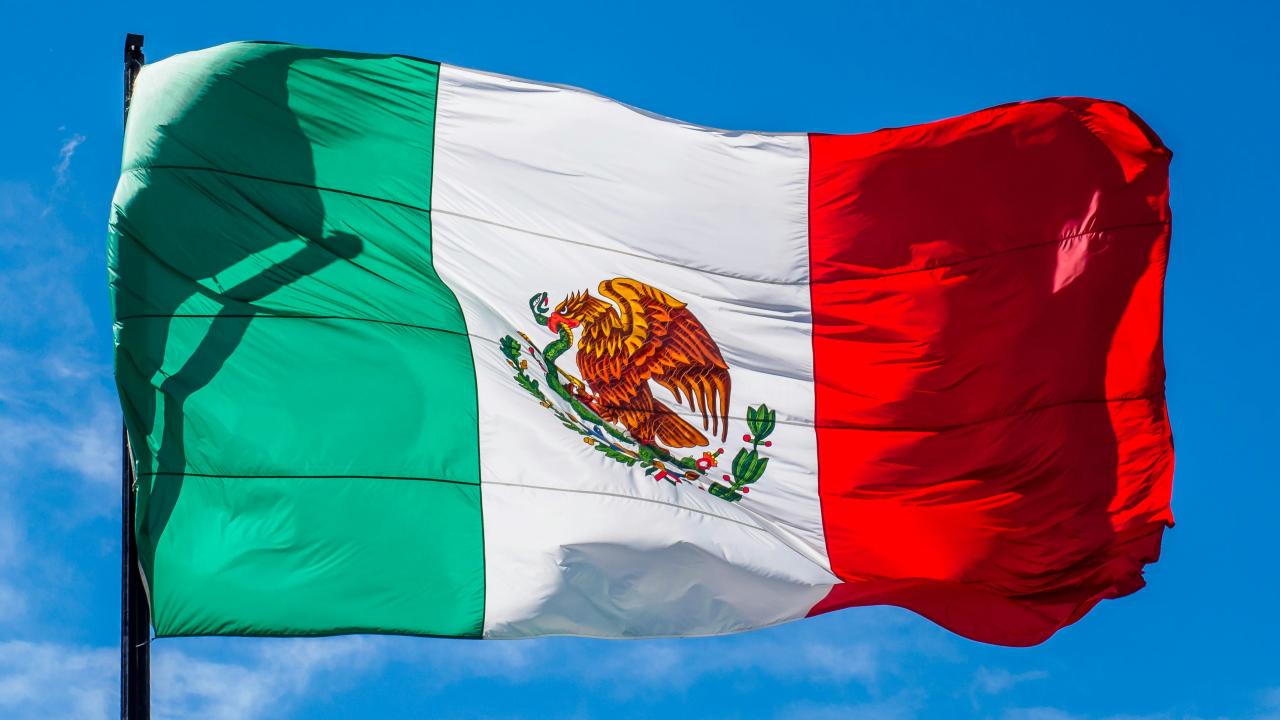
This year, the North American country presents a fiscal deficit close to 6% of GDP, one of the most pronounced among its development peers in the region, just below Brazil.
This year, Mexico presents a huge fiscal deficit close to 6% of GDP that has begun to worry the market and investors, warned the chief economist for Latin America at Citi, Ernesto Revilla.
He emphasized that in a year where global interest rates are expected to remain high, Mexico will have to deal with one of the two most pronounced deficits of its development peers in the region, just below Brazil.
The economy led by Ignacio Lula Da Silva will register a deficit of 6.9% of Product this year, which has been dragging on since the pandemic, when it applied measures to support the population in confinement, an initial measure to moderate the speed of infections.
When participating in the 20th edition of the Latin American Treasury and Finance Conference organized by Citi, he highlighted that in a context of high rates and volatility such as that prevailing due to geopolitical shocks, this deficit is a factor of concern.
When presenting a diagnosis of the economic situation in Latin America, he said that there are three most relevant external factors: the trajectory of the rate in the United States, the price of oil and the elections of the world's leading economy.
He projected that the Fed will apply a pair of rate cuts of 25 points each, towards the second part of this year.
“As the Fed will continue to be more hawkish , the region's central banks will be much more cautious about continuing their (rate) normalization cycle.” A hawk position, in monetary policy language, indicates zero tolerance for inflation and a greater propensity to raise the rate.
He anticipated that in a context of moderate slowdown in inflation in Mexico, the central bank will cut the rate by an additional 200 points, to leave it at 9%. This expectation contrasts with the adjustments that would take the Mexican rate to 8.5%, as expected in January.
The economic outlook for the region is one of relatively low growth for this year, moderation in inflation and continuity in the cycle of rate cuts. This is a base scenario that contemplates that a soft landing will continue to occur in the United States, that is, a slowdown in the economy that will help moderate inflationary pressures.
Before the treasurers of the region, he stressed that the political panorama will be particularly relevant this year, especially due to the United States elections. Although he highlighted that Mexico will go through a democratic election process in June, he considered that in any scenario there will not be an important change in the management of economic policy. Even in the event that the opposition wins.
He approached the positive impact that nearshoring has had in the region and emphasized that even with Mexico's prominent position vis-à-vis the United States, a strategy has not been generated that allows it to be taken advantage of much beyond entities that have an export vocation.
"It will be up to the next administration to develop a plan for its use or it will remain an opportunity wasted by the country," he said.










